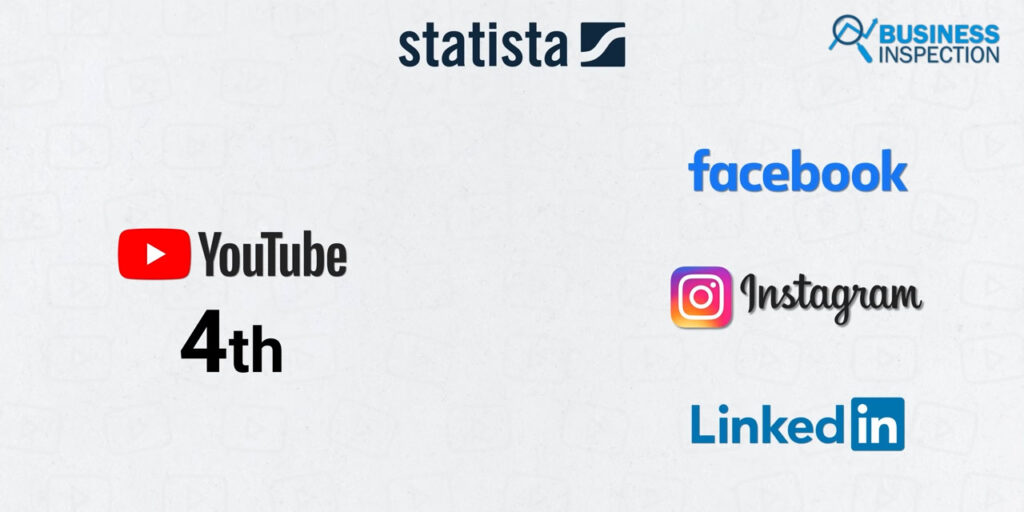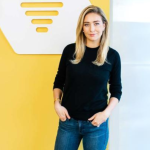Table of Contents
Even a decade ago, no one considered YouTubing as a career. However, over time, YouTubing has become not only a career but also a full-fledged business nowadays. According to Oxford Economics, In 2020, in the US alone, YouTube generated employment equivalent to 394,000 full-time jobs. On the other hand, there are more than 2 million creators under the YouTube Partner Program and according to an article published in 2021, in the last 3 years, YouTube has paid the creators, artists, and media companies more than $30 billion.
According to BBC, in 2021, the top 10 YouTubers combinedly made over $300 million. Among them, popular YouTuber Mr.Beast’s recorded earnings were $54 million, and 10-year-old Ryan Kanji, who topped the top earner list in the last two years, made $27 million. But how are these YouTube channels actually generating revenue?

Overview of YouTube
In 2005, the YouTube platform was launched officially. And one year after its launch, in 2006, tech giants Google acquired YouTube for $1.65 billion. At that time, smartphones and high-speed internet gradually started to become more accessible, as a result, communication and content consumption through smartphones started to increase.
This resulted in video consumption increase on platforms such as YouTube. Consequently, advertising on the platform also increased and YouTubers experienced a surge in their revenue as well. Hence, YouTubers started to focus more on content creation, and many started to leave their regular jobs and adopt YouTubing as their full-time profession. Besides this, many new creators began producing content for the platform.
According to Global Media Insight’s report of 2021, every minute, 500 hours of fresh content is uploaded to YouTube and on average, a visitor spends 16 minutes 44 seconds on YouTube. According to another report by Global Media Insight, the daily active user on YouTube is 122 million. On the other hand, in 2021, the number of channels on YouTube reached 51 million.
According to Forbes, Mr. Beast topped the list of top-earning YouTubers in 2021 with a gross income of $54 million, which was higher than the earnings of Billie Eilish, Angelina Jolie, Kim Kardashian, and also popular K-Pop band ‘BTS’. Besides this, the second and third highest earners were ‘Jake Paul’ with $45 million and Markiplier with $38 million. According to India Times, at present more than 2 million people earn from YouTube. But how do the channels generate such massive revenue from only video content creation?

How Makes Money?
Advertisements
Among YouTube channel’s revenue sources, Google Adsense is noteworthy. The seven ad formats shown in Adsense are non-skippable video ads, skippable video ads, bumper ads, display ads, masthead ads, out-stream ads, and audio ads.
According to Influencer Marketing Hub, 68% of the total Adsense revenue generated against these ads is shared with the channels YouTube. According to Ebizfacts, popular tech YouTube channel MKBHD’s creator Marques Brownlee generated $85 thousand from YouTube ad revenue every month.
YouTube Premium Subscription
YouTube channels also earn from the platform’s Premium Subscription Users. Basically, YouTube Premium allows users to enjoy the ad-free experience of YouTube. YouTube shares a portion of the revenue generated from these premium users with the channels. In this case, YouTube shares revenue with the channel based on a premium user’s watch time.
Collaboration, Sponsorship & Affiliate Marketing
YouTube channels generate revenue from sponsorship and collaboration with different brands. This revenue source is essentially a revenue-generating source outside of the YouTube Platform for creators. Primarily, the creators earn through sponsorships and collaboration in exchange for promoting different products of brands and services.
Apart from that, the channels earn from affiliate marketing as well. In this case, the channels share the affiliate link of the sponsored brand’s product and services in the video description of the channel. For purchases made through affiliate links, YouTube channels receive commissions from brands. According to Omnicore Agency, 70% of the audience purchased from brands appearing on YouTube.
As a result, according to Statista, after Facebook, Instagram, and Linkedin, YouTube is the fourth most preferred social media platform among marketers.

Channel Membership and Fan Donation
YouTube channels also earn from their membership subscription. Those interested in supporting their favorite channels can become channel members by paying a subscription fee. In return for the subscription, members can enjoy a variety of features like exclusive posts, loyalty badges, and exclusive emojis.
Channel memberships start from $4.99, of which 70% is shared with YouTube channels. On the other hand, YouTube Partner Program’s member channels also earn from fans through Superchat and crowdfunding features. Fans use comments and stickers like SuperChat, Super Sticker, and Super Thanks by donating different amounts to gain the attention of their favorite YouTube personalities.
A user can spend up to $500 a day and a maximum of $2,000 a week via SuperChat. YouTube shares 70% of such donations with channels. According to Playboard, as of 2020, Virtual YouTube content creator ‘Uruha Rushia’ with a Superchat revenue of more than $3 million (3,311,917.28 US Dollars) is the all-time highest Superchat earner to date. Additionally, YouTube channels can also earn from campaigns on popular crowdfunding platforms such as Patreon, Kickstarter, and GoFundMe.
Merchandise Selling
YouTube channels can also generate revenue from the sales of their merchandise. The channels sell merchandise such as apparel, accessories, bags, and drinkware through their different social media pages, their own website, websites of other affiliate partners, and also different e-commerce sites.
Licensing Content to Media
YouTube channels can also generate revenue through the licensing of their content. If you want to publish content from one channel to another channel, video sharing platform, traditional TV media, or OTT platform, you have to purchase the licensing rights of the content through licensing from the original creator. In this case, the content creator may sell the content licensing rights directly or enter into an agreement with a Multi-Channel Network (MCN) for the digital rights management of all content in the channel.
YouTube Fund
In 2021, Youtube unveiled a new feature called ‘Shorts’, which was a short video-sharing platform similar to TikTok. YouTube announced a $100 million fund to encourage creators to create content for its new ‘Shorts’ feature. Similar funds have been allocated in the past by YouTube to encourage creators. Such YouTube funds are also a revenue-generating source for YouTubers.










Leave a Comment